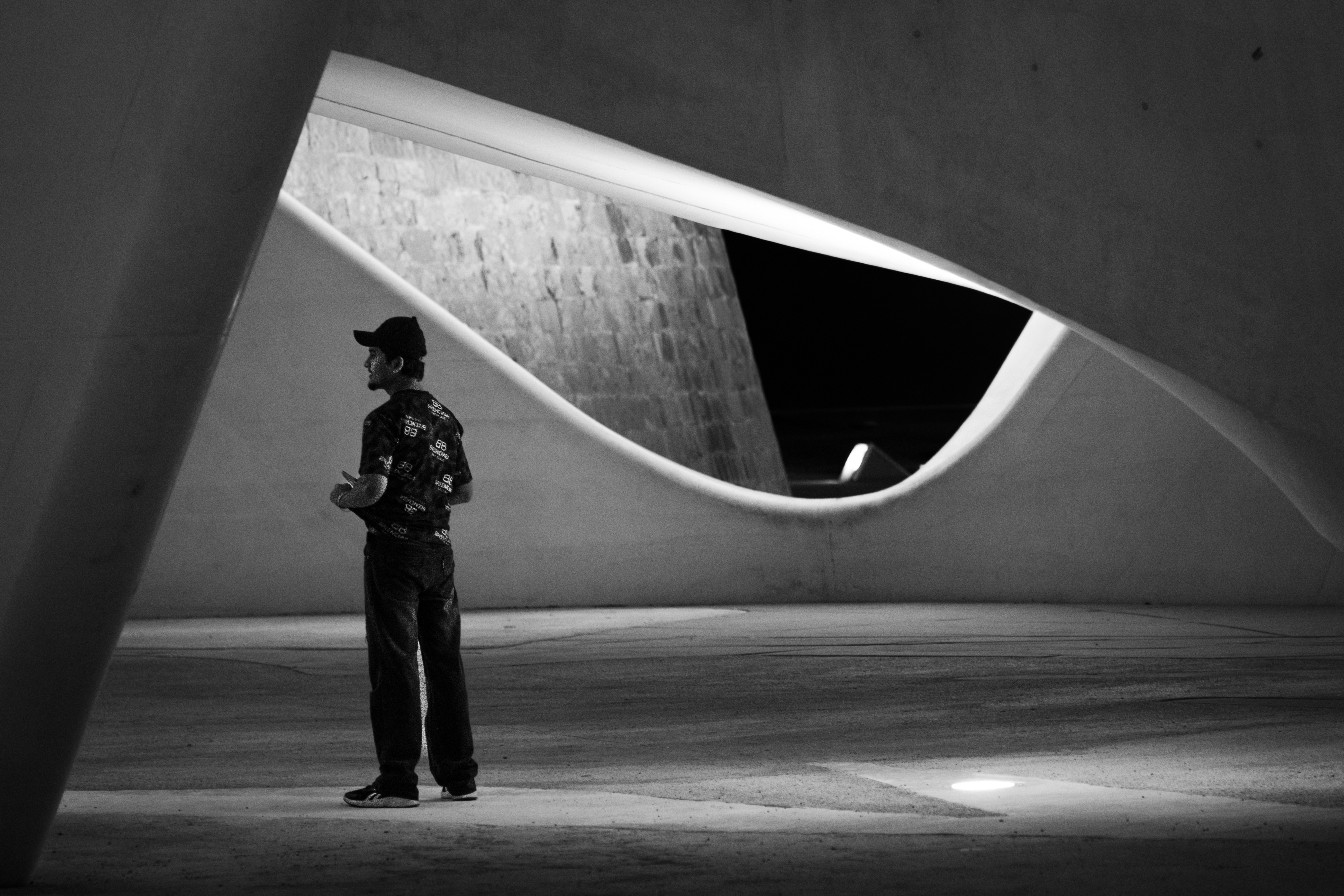On TikTok, ‘old money’ and ‘clean girl’ aesthetics are trending, with over three and four billion views respectively. Content tagged #cleangirlaesthetic and #oldmoneyaesthetic proliferates on the platform.
Clean girl and old money aesthetics are presented as aspirational trends achieved through living the associated lifestyle – cultivated from the inside out through diet, light exercise, skincare, hair care, nail care and practices of personal hygiene.
Even scent and the way one organises and manages their time contribute, in different ways, to clean girl and old money aesthetics.
These aesthetics are informed by a much larger history in which the performance of hygiene was entangled with ideas of class and race.
The clean girl aesthetic can be traced to this on TikTok in which a user named xolizahbeauty instructs her audience on how to achieve the look of “those girls that always look clean”.
This highly gendered and racialised aesthetic implies slimness, flawless and dewy skin, plump and glossy lips, smooth and sleek hair, light (or “no makeup”) makeup, a fresh scent, gold jewellery and a highly organised and stress-free lifestyle.
It is considered best exemplified by celebrities like Hailey Bieber and Bella Hadid and, according to some subscribers of the aesthetic, evokes an “elite feeling”.
The old money aesthetic, on the other hand, is right now best embodied by Sofia Richie, whose recent wedding in the south of France went viral for exemplifying the style. In fiction, it has been popularised by the Roy siblings of HBO’s hit series, Succession.
Old money aesthetics draw on notions of “quiet luxury”, also called “stealth wealth”, in which sporting fashions that are garish or excessively branded is considered a social faux pas.
Without definitive rules, even Vogue admits the old money aesthetic is “hard to pin down”, describing it as “more of a mood than anything else”.
“Clean girlies” (as they’re known on TikTok) and those embodying old money occupy what are imagined as distinct aesthetic trends. However, it is no coincidence these trends have emerged on social media at the same time. Perceived cleanliness (or otherwise) has long been understood as being reflective of class.
In 19th century England, infectious diseases plagued industrialising cities and towns, which could not adequately accommodate a rapidly expanding urban population. Diseases like cholera, caused by contaminated water, were attributed to the filth and squalor in the overcrowded city slums.
The urban poor living in such conditions were pathologised as unhealthy, unhygienic and immoral. In this context, poor hygiene denoted poverty and, conversely, just like on TikTok, perceptions of cleanliness were associated with wealth.
During the 19th and 20th centuries, hygiene was also leveraged as a technique of colonisation. In her book Imperial Hygiene, historian Alison Bashford has shown that “imperial hygiene” (understood as “colonisation by the known laws of cleanliness”) was crucial to British expansion.
Contemporary clean girl and old money aesthetics draw on this history, redeploying racialised associations between hygiene and wealth to deem some people fashionable and aspirational. These aesthetics imply that not everyone has the capacity to be a clean girl privileged by the old money derived from aristocratic, imperial, colonialist roots.
Clean girl and old money aesthetics leverage leisure time for self-improvement. ‘Hot girl walks’ (the hashtag has over 200 million views on TikTok) and ‘Sunday resets’ in which one rigorously deep-cleans and reorganises their home, are seen as practices of these aesthetics.
Though clean girl and old money aesthetics are informed by the history of modern hygiene, they can also be positioned within a much more recent history of pandemic illness and disease.
The Covid-19 pandemic put matters of personal hygiene and cleanliness front and centre, and the world was starkly reminded that poverty and wealth have a direct impact on health outcomes, especially in times of crisis.
It is perhaps no wonder aesthetics that value practices of cleanliness and the attributes of wealth have emerged as aspirational trends in recent times.
Averyl Gaylor is a PhD Candidate in History, La Trobe University. This article is republished from The Conversation under a Creative Commons licence







Click here to change your cookie preferences